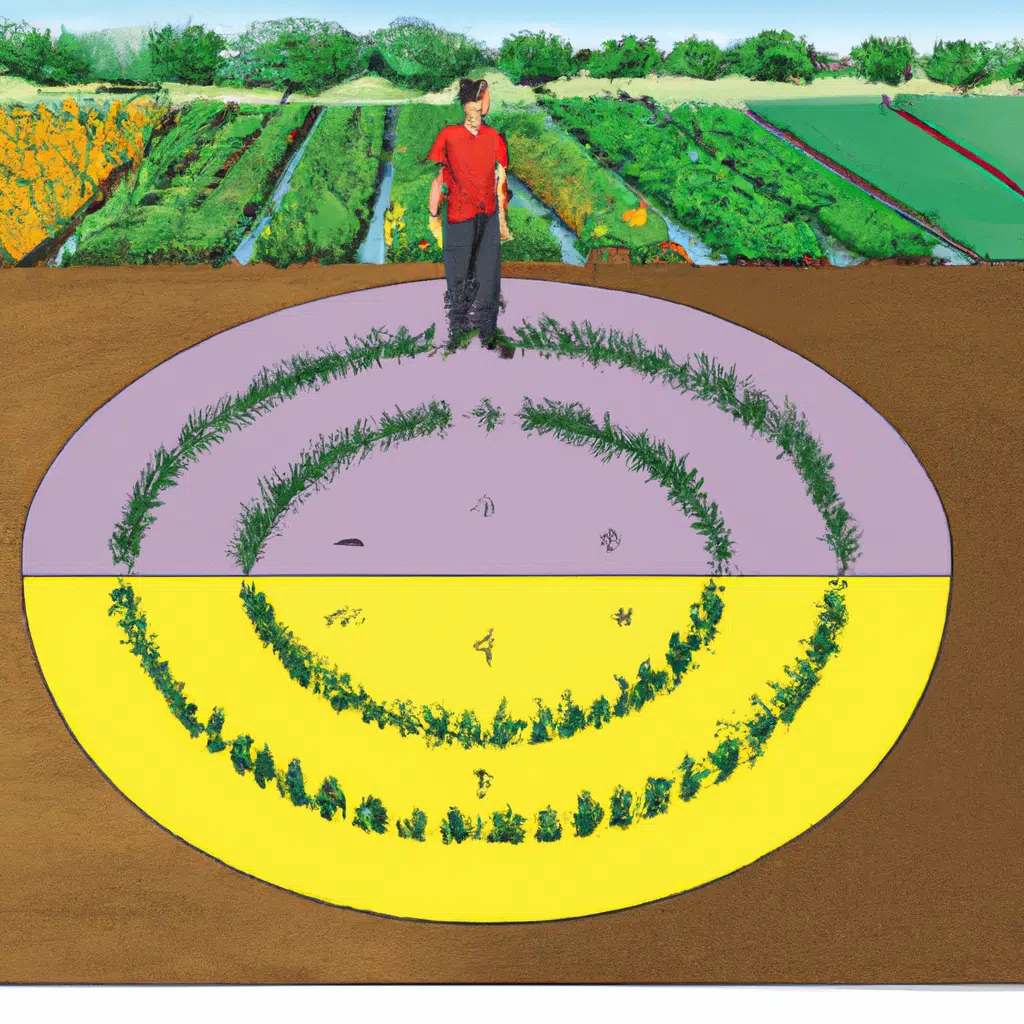
As a farmer, you know that soil health is the foundation of a successful crop. Without healthy soil, your harvest will suffer, and your profits will dwindle. But did you know that crop rotation can help improve your soil health and increase your profits? In this article, we’ll explore how crop rotation works, the benefits it provides, and how you can implement it on your farm.
What Is Crop Rotation?
Crop rotation is a farming technique that involves planting different crops in a specific sequence over several growing seasons. Farmers rotate crops to improve soil health, reduce crop pests and diseases, and increase yields.
Crop rotation involves dividing fields into different sections, with each section designated for a specific crop. Farmers plant a different crop in each section each year, with the goal of improving soil health and crop yields.
The Benefits of Crop Rotation
Crop rotation provides several benefits for farmers:
1. Improved Soil Health
Crop rotation improves soil health by reducing soil erosion, increasing soil organic matter, and reducing soil compaction. When farmers rotate crops, they plant crops with different root structures, which helps break up soil compaction and allows for better water and nutrient absorption. Additionally, crop rotation helps prevent the buildup of soil-borne diseases and pests, which can reduce crop yields.
2. Increased Yields
Crop rotation can increase crop yields by improving soil health and reducing crop pests and diseases. When farmers rotate crops, they plant different crops with different nutrient requirements, which allows the soil to replenish nutrients naturally. Additionally, crop rotation helps reduce soil-borne pests and diseases, which can increase crop yields.
3. Reduced Costs
Crop rotation can help reduce costs by reducing the need for synthetic fertilizers, pesticides, and herbicides. When farmers rotate crops, they can naturally replenish soil nutrients, reducing the need for synthetic fertilizers. Additionally, crop rotation can help reduce the need for pesticides and herbicides, as soil-borne pests and diseases are reduced.
How to Implement Crop Rotation
Implementing crop rotation on your farm requires careful planning. Here are some steps you can take to implement crop rotation:
1. Assess Your Soil
Before implementing crop rotation, you should assess your soil’s health and nutrient levels. This will help you determine which crops to plant and how to rotate them.
2. Plan Your Crop Rotation
Once you’ve assessed your soil, you can begin planning your crop rotation. Consider which crops to plant, how long to leave fields fallow, and which crops to plant after each other.
3. Monitor Your Soil Health
As you implement crop rotation, you should monitor your soil health and nutrient levels. This will help you determine if your crop rotation plan is working and if any adjustments need to be made.
Conclusion
Crop rotation is a valuable farming technique that can improve soil health, increase yields, and reduce costs. By carefully planning your crop rotation and monitoring your soil health, you can revolutionize your harvest and increase your profits. So why not give crop rotation a try on your farm? You might be surprised at the results.

